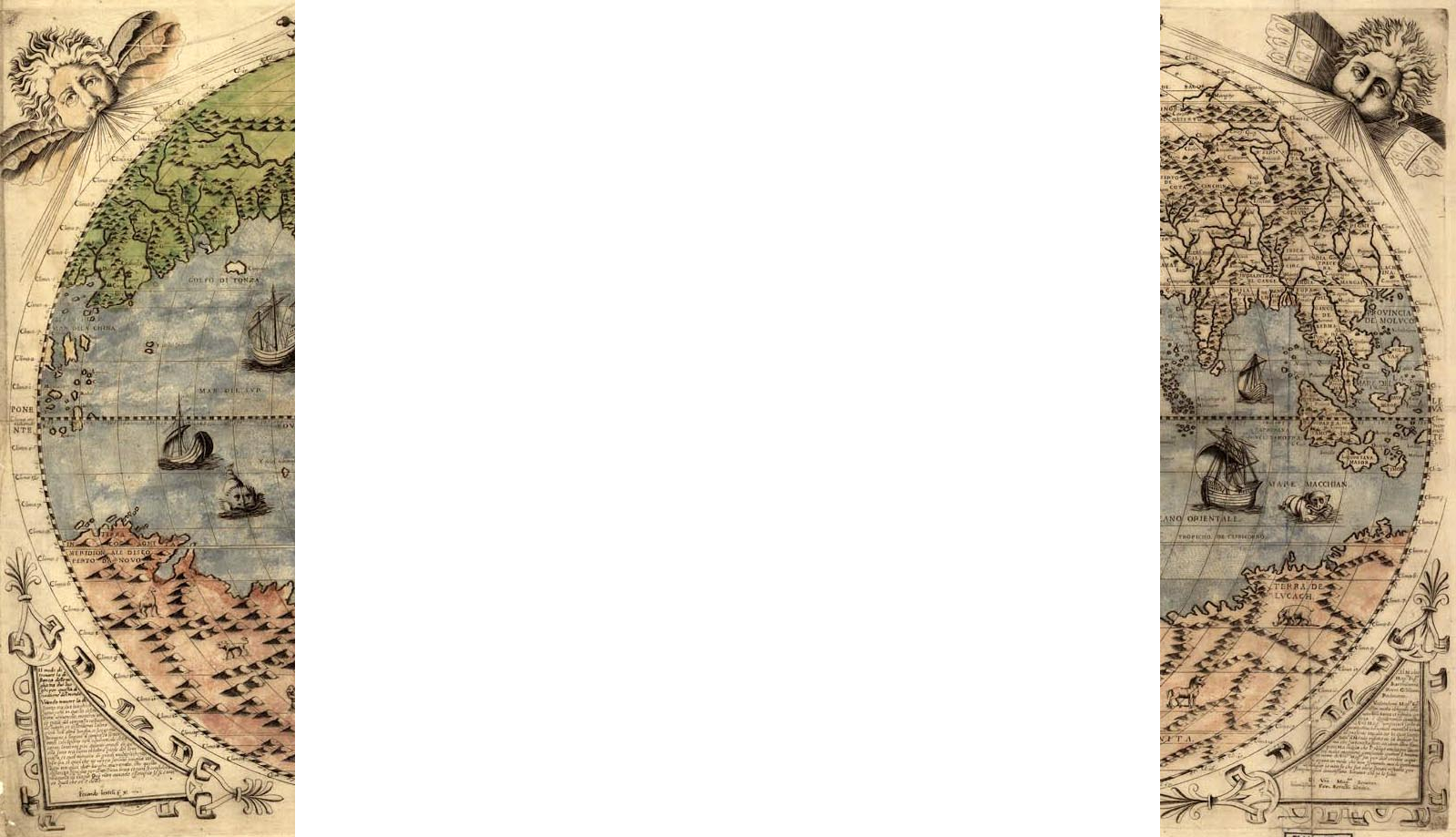Sarah Kinkel. Disciplining the Empire: Politics, Governance, and the Rise of the British Navy. Cambridge and London: Harvard University Press, 2018. Hardback 320 pages. (£32.95, $48 USD). ISBN 9780674976207.
By Erin Spinney, University of Lethbridge

Sarah Kinkel summarises the purpose of Disciplining the Empire and its arguments succinctly: “this is the story of not how, but why Britain became the world’s greatest naval power” (p. 1). This is a complex story, and requires an integrated discussion of political power, naval professionalisation, and British imperial aims. Kinkel succeeds in this integration, while crafting a complex narrative of political actors, sea officers, and unruly American colonists.
The book itself is divided into five chapters centred around public political crises involving the navy, chronologically charting naval developments beginning with Chapter one “Seventeenth-Century Foundations.” In this chapter Kinkel introduces the navy as part of the political arena wherein the Stuarts and their opponents contested English governmental frameworks following the Restoration. In the period following the Glorious Revolution the whigs (who stood for religious toleration, trade as the driver of political economy, and intervention in European affairs) were pitted against the torys (believers in hierarchy, high church Anglicanism, and land-based political economy).1
Chapter two “Walpolean Imperial and Naval Policy” examines how the naval policy of the established Walpolean whigs evolved from the seventeenth century whigs. This new brand of whig was concerned with stability and the European balance of power. Within this political frame, the navy was a passive deterrent, of a size suitable to discourage other naval powers from going to war but also big enough to trounce opponents if force was used as a last resort. There were several opposing views to the establishment whigs, including the authoritarian whigs examined in chapter 3 “Disorder, Discipline, and the Politics of Naval Reform.”
The authoritarian whigs believed that the empire and British society was falling into disorder. As such they believed that order, hierarchy, and discipline needed to be emphasised in society (though still within a whig imperial framework). The accession of the authoritarian whigs to power in the 1740s brought about a series of professionalising naval reforms. If the navy could become an ordered fighting force, then it could engender such changes in wider society.
Chapter 4, “The Seven Years’ War and the Patriot Alternative to Professionalisation,” considers another opposition group, the patriots. Like the authoritarian whigs, the patriots opposed the establishment whigs. Patriots sought to emphasise local power though elected assemblies and viewed a growing constitutional corruption in the British empire and among imperial policy makers. They were against monopolies and believed that the trading empire should provide benefits to more individuals, including Dissenters. These beliefs translated into a significant distrust of the authoritarian whigs’ professionalised navy. Rather, the patriots wanted a naval force that would be raised for wartime use only and would be complemented by a land-based military and a force of privateers. The events of the Seven Years’ War, however, showcased the usefulness of naval professionalisation as sea officers were more aggressive and tactically effective.
Chapter 5 “The Authoritarian Navy and the Crisis of Empire,” demonstrates the reliability of a professional navy. Because of efforts in the 1740s, the authoritarian whigs were able to implement systems of control throughout the empire. The chapter’s primary focus is on how the navy was used as a coercive force in the American colonies and how sea officers were far more reliable agents of imperial authority than customhouse officials. For these reasons, significant anti-navy sentiment took root in the colonies, and led to attacks by colonists against naval vessels. The chapter-length conclusion considers the role of the navy in the American Revolutionary War. Here Kinkel posits that the anti-naval sentiment of the 1760s, necessitated the garrisoning of troops in coastal cities, which then perpetuated anti-army sentiment in the lead-up to the Revolution.
The Conclusion works in its current form and the American Revolutionary War is certainly a concluding test to the authoritarian whig professionalised navy. However, I think that this chapter would work better as a chapter six than a conclusion. This would allow for expanded analysis which would better flesh out the naval events of the American Revolution. It would also make the Epilogue, which serves to summarise the arguments of the book, seem less of an afterthought when reframed as a conclusion.
Kinkel uses the navy as a mirror of imperial society. How politicians and colonists perceived of the navy illustrated how they thought of empire and vice-versa. Further, in Disciplining the Empire imperial possessions were part of a broader British society that was not limited to the British Isles. The Royal Navy and its sea officers were not just agents of empire but helped to define what the “new imperial system” (p. 215) was to look like.
The professionalisation of the navy was a constant source of tension between the various political parties and individual actors from the 1740s to the 1760s. The fears of the patriots were realised when the professionalised navy the authoritarian whigs created was used as a coercive force against American colonists in the 1760s to enforce the Sugar and Stamp Acts and to police Boston harbour. The success of this professionalisation project was due more to the longevity of the authoritarian whigs in power (for three decades) then to an organic burst of professionalisation zeal in the navy itself. However, Kinkel is careful to state that although the professionalised modern navy which fought at Trafalgar in 1805 was substantially different from the navy at the beginning of the eighteenth century, it was still a fighting force that had early modern elements, particularly surrounding the interaction of patronage with ideas of merit.
In my view, Disciplining the Empire does what I thought impossible—offer an interesting discussion of political factions while firmly rooting the political discussion in naval and imperial events. The framing of the chapters around periods of crisis helps to keep what could be a dry political discussion lively. Disciplining the Empire is a must read for those interested in this period of British naval history.
Dr. Erin Spinney is a sessional lecturer at the University of Lethbridge. She teaches the history of medicine and the history of nursing in the Faculty of Health Sciences. She is an historian of eighteenth and early-nineteenth century British naval medicine with a focus on the history of nursing and care provision in the Atlantic World.






